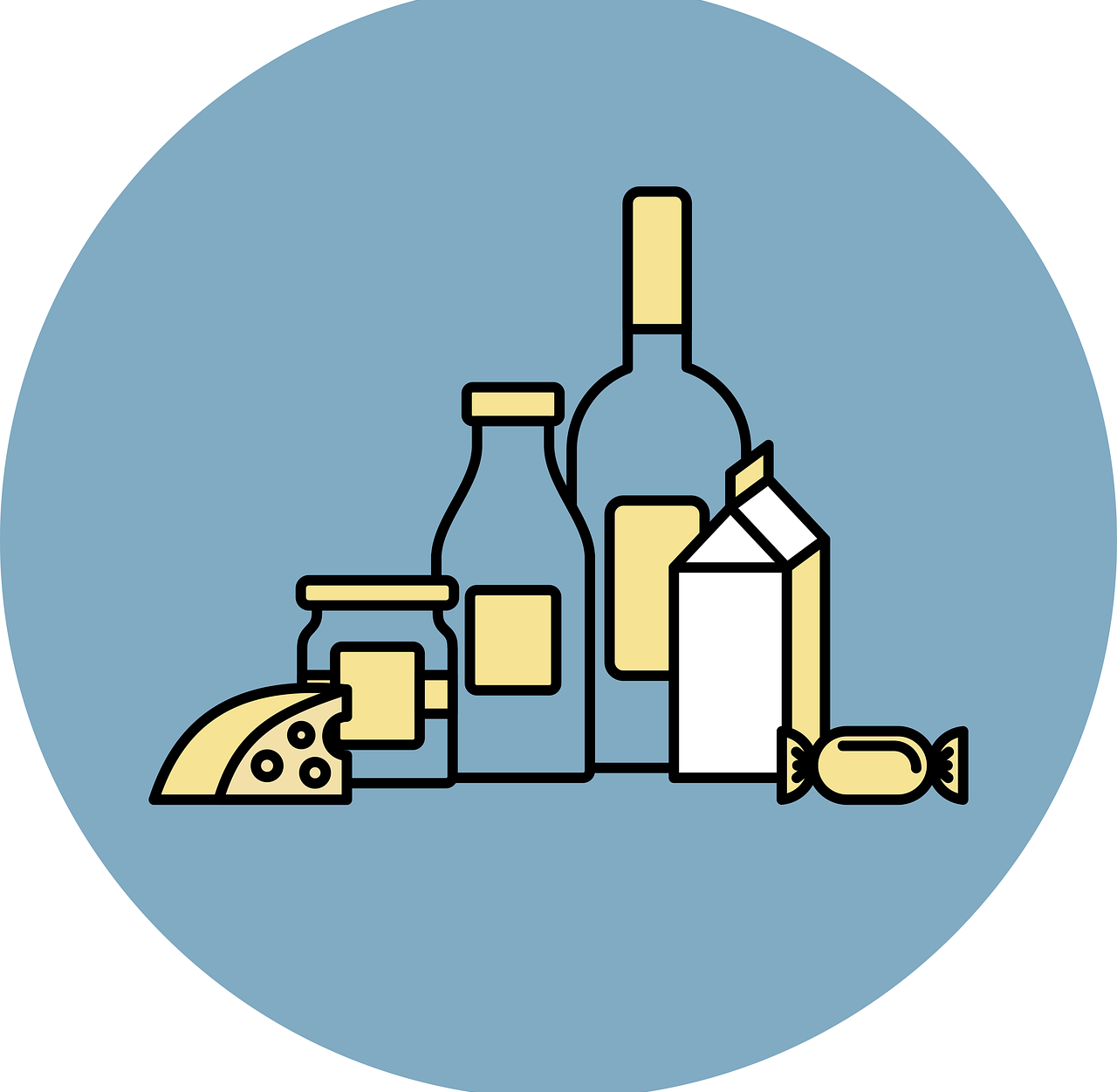
In 1948, the Universal Declaration of Human Rights recognized the right to food, understanding it as essential to have an optimal quality of life and adequate health.
Right to food is the name given to the human right based on the legitimate recognition of the value for humanity of having access to decent and safe nutrition. Thanks to it, subsistence is assured, health is taken care of, there is quality of life and hope for appropriate development.
Through it, the aim is to guarantee food to all people in order to prevent them from being victims of a state of malnutrition , being exposed to situations of food insecurity or going hungry .
Despite constant and great efforts on a global scale so that no one has this right violated, there is still much to do and achieve in terms of the right to food . According to statistics released by the Food and Agriculture Organization of the United Nations (FAO) , currently millions of individuals still do not satisfy their nutritional needs through a healthy and balanced diet. In this context, due to conflicts , social inequalities and the effects of climate change , among other reasons, more than 700 million human beings face problems associated with hunger .
Importance of the right to food
The right to food is essential to enjoy a dignified, healthy and safe existence. Every subject, regardless of their nationality, age, gender, creed, etc., should have their right to receive optimal nutrition in accordance with their nutritional needs satisfied and covered, as well as to have sufficient resources to achieve food security in a sustainable manner.
Every October 16 , for decades, World Food Day has taken place all over the planet. It is a day that is used to raise awareness about the importance of having the right to enjoy a sovereign, safe and healthy diet . Beyond carrying out scientific dissemination and awareness campaigns, it is useful that at an individual and collective level actions are carried out aimed at improving conditions and realities of families and communities.
It is essential to know and remember that the right to food is related and feeds back to other rights. Among them, education , decent work , information and access to resources . People need academic training to progress, an adequately paid job that allows them to cover their expenses, have reliable data that allows them to make safe and free choices in terms of nutrition and have elements (such as drinking water , seeds , etc.) to cook, produce food products and prepare healthy meals .

Food labeling provides the consumer with information about nutritional data and how many calories are in the product they are analyzing, for example, on a supermarket shelf.
Characteristics
It is pertinent to highlight that guaranteeing the right to food does not translate into the obligation for a State to provide food to all citizens for free. Yes, of course, every Government must implement public policies and act for the well-being of society as a whole with a view to avoiding malnutrition , food crises , famine and poverty in general.
The authorities of each country have to take care of public health through, for example, food legislation that protects consumers and is responsible for regulating the handling , production and trade of food . It is necessary to instill beneficial eating habits from an early age so that more and more children, adolescents and adults are aware of what and how to eat to grow and stay strong and healthy. When, for reasons of force majeure or specific situations of vulnerability, people are prevented or limited from properly nourishing themselves, there must be political solutions. Allowing low-income families to access food aid or benefits that include the distribution of products from the basic food basket and designing school feeding programs are part of the expected and fair actions.
Likewise, solidarity campaigns that revolve around the donation of basic foods that are distributed among those most in need are very valuable. They also add to the informative, preventive and approach work that many professionals continually do with the intention of reducing the percentage of individuals with problems or disorders linked to food. And that patients can, with support and treatment according to each case, overcome diagnoses such as obesity , anorexia and bulimia .

There are programs promoted by different governments to promote healthy eating and stimulate both food security and sovereignty.
Examples of the right to food
Some examples from everyday life serve to reflect what it means, in practice, to have the right to food , and it is also possible to describe situations that demonstrate a violation of said right .
In state schools, to indicate a geographically widespread case, there is a dining room service so that students have their basic nutritional needs covered by receiving, daily, breakfast, lunch and/or snack without having to pay for those meals.
The right to food is violated, meanwhile, when a State does not allocate resources to cover basic food demands , lacks budgets and political decisions in pursuit of inclusion so that no one goes hungry or limits the distribution of food with a discriminatory perspective. towards minorities.
